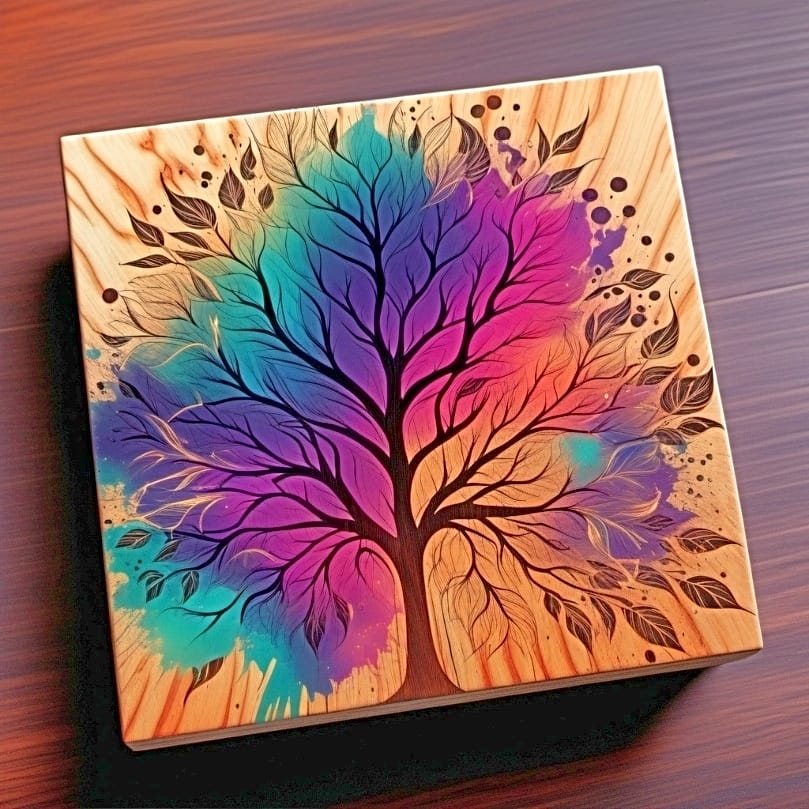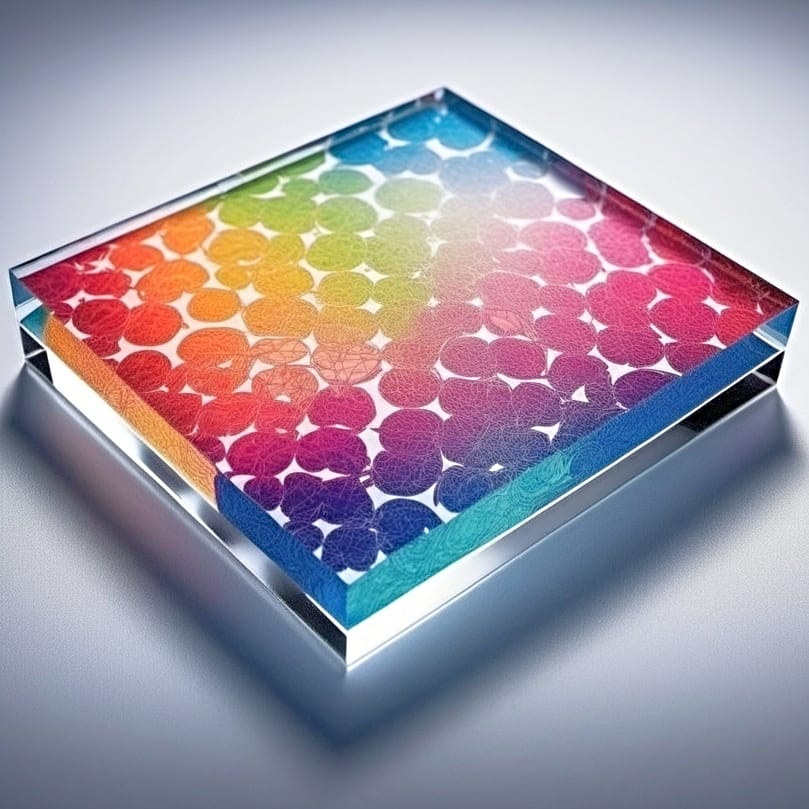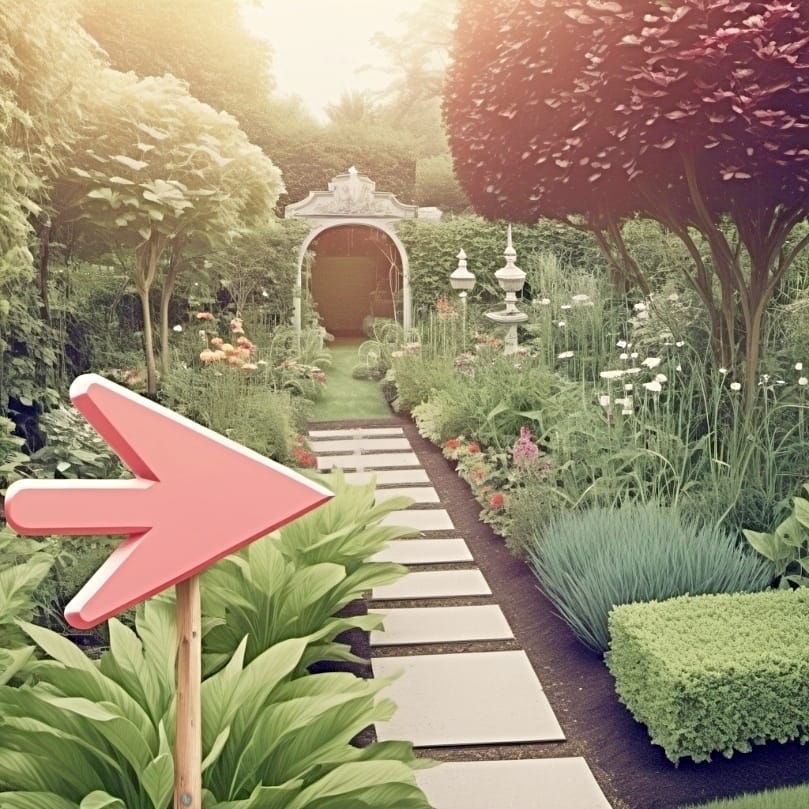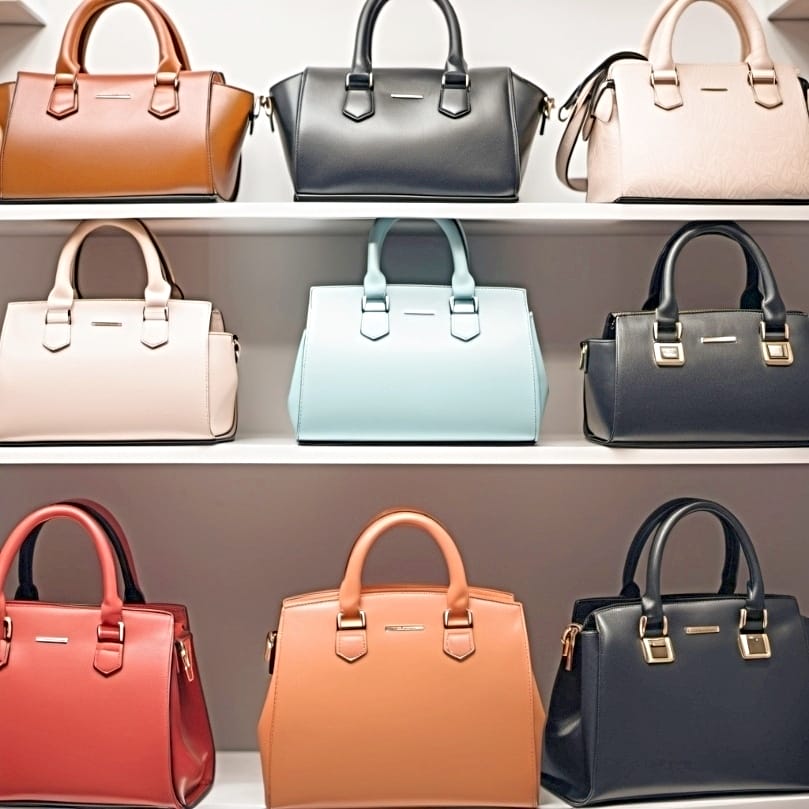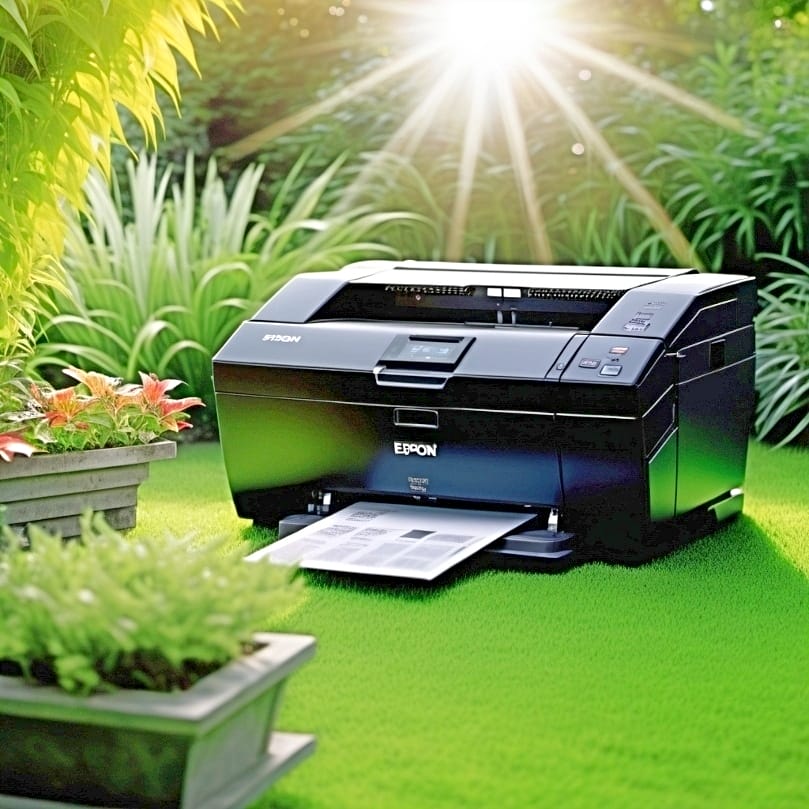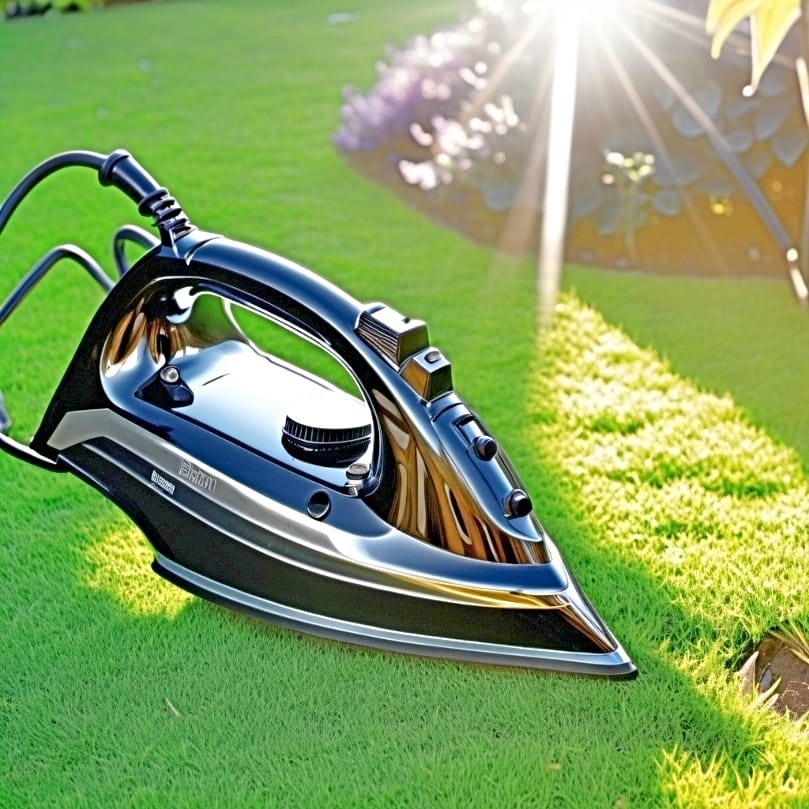Table of Contents
ToggleNavigating the intricacies of sublimation on wood can be daunting, however, know that you are not alone! This article demystifies the process, providing practical steps and essential tips to achieve successful, sharp image transfers on wood. Explore the art of how to prepare your wooden canvas, choose the right materials, sublimation time and temp for wood and execute flawless sublimation with the rich guidance within these pages. Whether you’re just starting or looking to refine your technique, get ready to transform your wooden items into personalized masterpieces. We are here to help bring your woody sublimation dreams to life!
Key Takeaways
- You need the right gear for wood sublimation DIY: a dedicated sublimation printer, specialty inks, sublimation paper, a heat press, and other tools. Pre-coated wood blanks make the process easier.
- Prepare the wood carefully by sanding, painting, drying, and adding a polycrylic layer for the best results. Good surface prep means a better final print.
- When pressing, set the right sublimation on wood temp and time, use heat-resistant tape to avoid shifting, and tear the paper edges for a clean transfer. MDF is the go-to for a clean print, and with proper care, your wood sublimated items will last.[1]
Essential Supplies for Sublimation and Wood
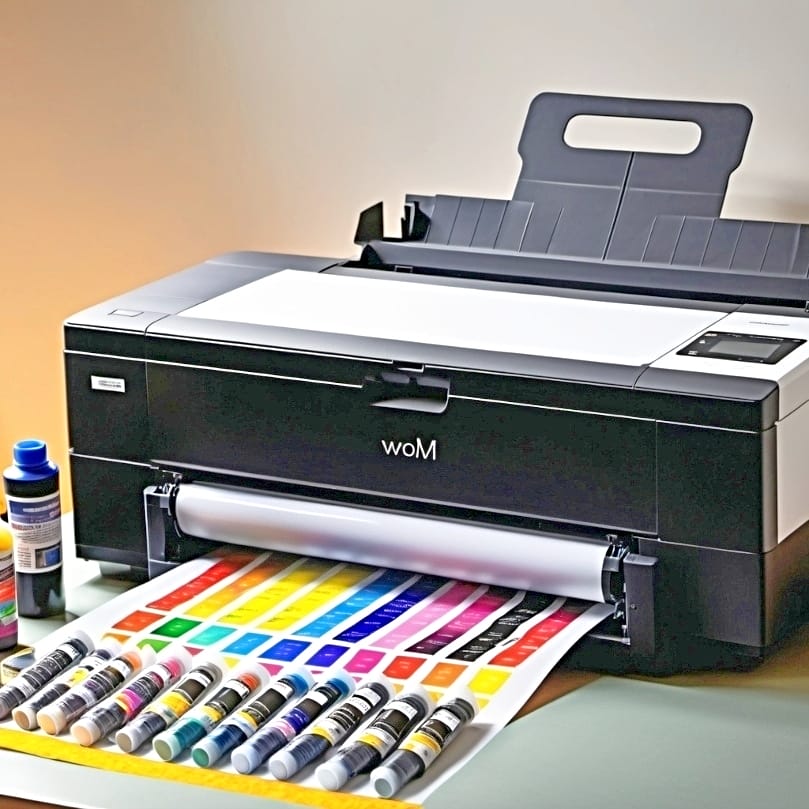
Just like any other craft, having the correct supplies is vital for successful wood sublimation. A dedicated sublimation printer, such as a converted Epson EcoTank or a dedicated one like the Epson F170 , paired with specialty inks like Hiipoo Sublimation Ink or Printers Jack Sublimation Ink, is your first step to creating stunning sublimation designs. You’ll also need sublimation paper from trusted brands like A-Sub. Make sure you select the sublimation paper appropriate for your project This isn’t your regular printer paper; it’s specially designed to hold the sublimation ink, ensuring a sharp and vibrant transfer on your wooden blank. It is also a good idea to have a reliable laptop for sublimation.
For heat press sublimation on wood, during the heat transfer process, utilizing both a heat press and heat resistant tape will ensure your design stays in place on the wood. Don’t forget to get your hands on heat resistant gloves, protective paper, and butcher paper to safeguard your materials and yourself during the pressing process. As you set up your work area, a self-healing cutting mat and craft knife will be handy for preparing your designs and wood surfaces. Plus, a heat resistant mat is key for protecting your work surface from the high temperatures of sublimation.
Pre-purchased sublimation wood blanks are perfect for beginners. These are ready-to-use pieces of wood, saving you the time and effort of preparing the wood surface. However, if you prefer starting from scratch, thermal laminating sheets are a must to coat the wood, allowing it to effectively receive the sublimation ink during the process.
Preparing the Wood Surface
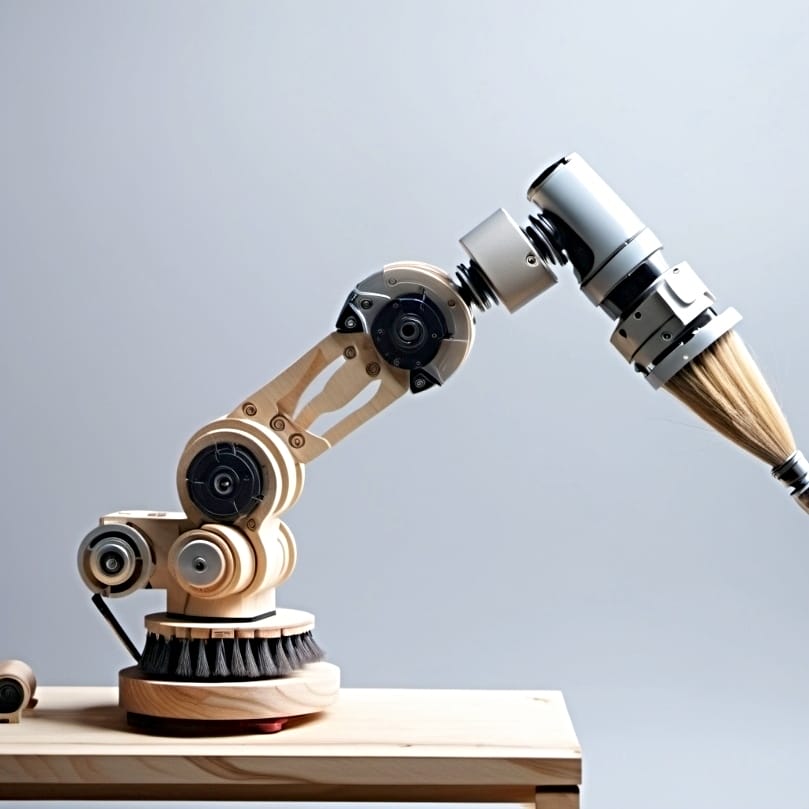
Preparing the wood surface meticulously is the secret to achieving a flawless sublimation print. Here are the steps to follow:
- Start by sanding your wooden blank with 220 grit sandpaper. This creates a smooth surface for the sublimation design to adhere to.
- To enhance the color fidelity of your design, you can paint the wood surface with white latex paint like the recommended Valspar 2000. Using a foam roller ensures an even application.[2]
- Allow the painted surface to dry thoroughly, typically taking about an hour, before you proceed with sublimation.
Upon drying of the paint, you should thoroughly clean up the surface. You can use a lint roller to quickly and effectively remove any dust, lint, or debris from the wood surface. This will help keep the surface clean and smooth. This ensures a clean slate for the next step: the application of a polycrylic coating. Apply a light layer of water-based Polycrylic using a paintbrush, then let it dry completely. This creates a suitable surface for your sublimation design to be transferred onto.
Remember, the quality of your finished product depends on how well you prepare your wood surface. So take your time and ensure each step is done carefully and accurately.
Step-by-Step Guide: Sublimating on Wood

Armed with your tools and a prepared wood surface, you’re now ready to embark on the intriguing journey of wood sublimation.
Let’s walk you through it step by step.
Printing Your Design

Initiating the sublimation printing process involves printing your design. To ensure an accurate color representation, it’s crucial to adjust the software settings of your printer. This includes setting the design resolution and using ICC color profiles for color accuracy. When designing, remember to enlarge the background slightly beyond the size of your wooden blank. This ensures full coverage and eliminates the risk of unprinted edges, giving your finished product a professional look.
Next, set the print quality to ‘best’ or ‘high’. This level of quality produces a more vibrant image and prevents any lines or banding that can occur with draft or high-speed settings. Once your design and settings are ready, it’s time to print using a dedicated sublimation printer and special sublimation paper. This isn’t your standard print job; the dye sublimation process involves the printer using a special type of ink that turns into gas when heated, allowing it to permeate the wood and create a permanent, vibrant print.
Remember, clear and vibrant sublimation prints start with a well-printed design. So take the time to get it right. It’s worth it!
Laminating the Wood Surface
With your design in place, next is readying the wood surface for the sublimation process. Laminating the wood is an important step in this process, as it helps ensure a vibrant and durable image transfer. You can use a laminate pouch, specifically thermal laminating pouches with a matte side for this purpose. Just cover the wood surface without overlapping and press at 375°F for about 15 seconds. Then, trim any excess laminate for a clean finish.
Alternatively, you can use Clear Dye Sublimatable HTV instead of a laminating sheet. Apply it to the wood with a matte finish and press at 320°F for 20 seconds, making sure the dull side faces down. To place thermal laminating sheet, follow the same process. Regardless of the material you choose, remember to trim any excess laminate after pressing. Use a craft knife and cutting mat to ensure clean edges around your design.
Choosing simple shapes for your laminated wood slices can make the lamination and trimming process easier. So, if you’re a beginner, start small and simple, and gradually work your way up to more intricate designs.
Pressing the Design onto Wood
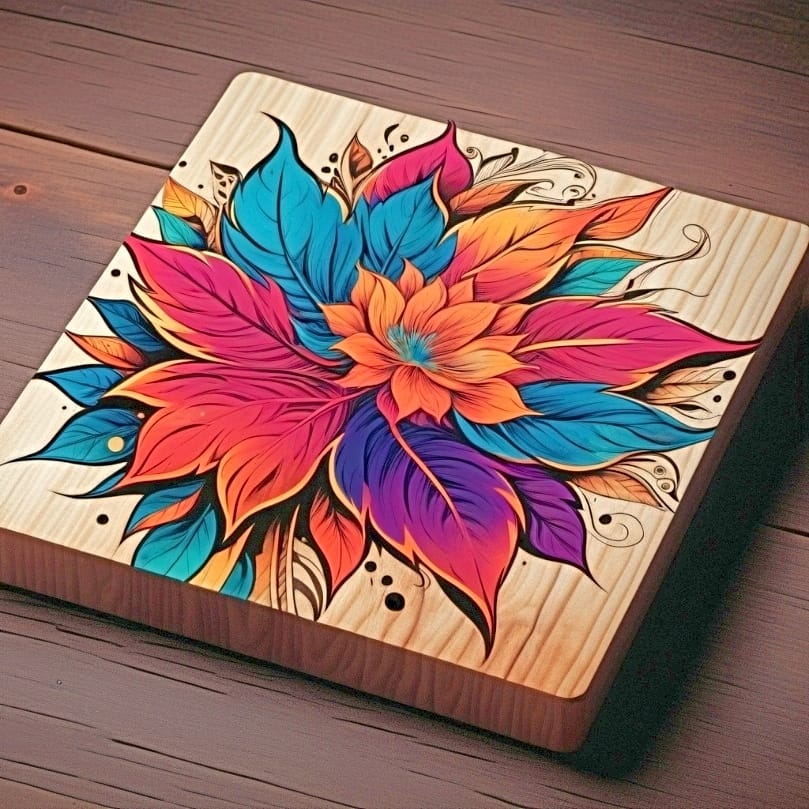
Having your printed design and laminated wood set, the next action is to merge them. First, set your heat press to the correct temperature—385°F for plain wood pressing, 375°F for wood with a lamination pouch, or 375°F when using polycrylic coating. Then, apply medium pressure for 60 seconds when pressing plain wood and 90 seconds for wood with a lamination pouch or coated with polycrylic.
To ensure your design stays in place during pressing, follow these steps:
- Secure the sublimation paper to the wood with heat-resistant tape, covering all four sides. This prevents ‘ghosting’, or blurred image transfer, which can happen if the paper moves during the pressing process.
- Place the laminated sheet with its matte side against the wood and the glossy side up.
- Cover it with parchment paper before pressing.
After pressing the laminated wood, attach your sublimation design face down and press for another 60 seconds. Then, carefully remove the paper to reveal your vibrant and detailed design.
One final tip: cut or tear the edges of the sublimation paper before pressing to avoid a colored or black line around the design’s edges. This little detail can make a big difference in the final look of your sublimated wood product.
Troubleshooting Common Sublimation Issues

Even though wood sublimation can be enjoyable and gratifying, similar to any other craft, it might come with a few challenges. Not to worry—we’ve got some handy solutions for common sublimation issues. For instance, you might find that using painted MDF instead of real wood can provide a cleaner appearance for your ideal sublimation products. This is because MDF doesn’t release sap during heating, which can cause uneven colors on real wood.
Excess laminate can be another challenge when working with laminate sheets. After pressing, you may notice extra laminate around your design. Simply trim it with scissors or a craft knife, then smooth the edges with sandpaper or a sanding block to achieve a clean, professional finish. And if the transfer paper sticks to the wood after sublimation, don’t panic. It can be easily removed by gently rubbing with a sponge soaked in water.
Lastly, while polycrylic is commonly used as a coating in many craft projects, it’s best avoided when sublimating on wood. The heat from the press can cause the polycrylic to melt and stick, resulting in unwanted residue on the wood surface. Remember, every challenge is an opportunity to learn and grow. Stay patient and keep experimenting—you’ll be a wood sublimation pro in no time!
Sublimation Wood Ideas for Creative Projects
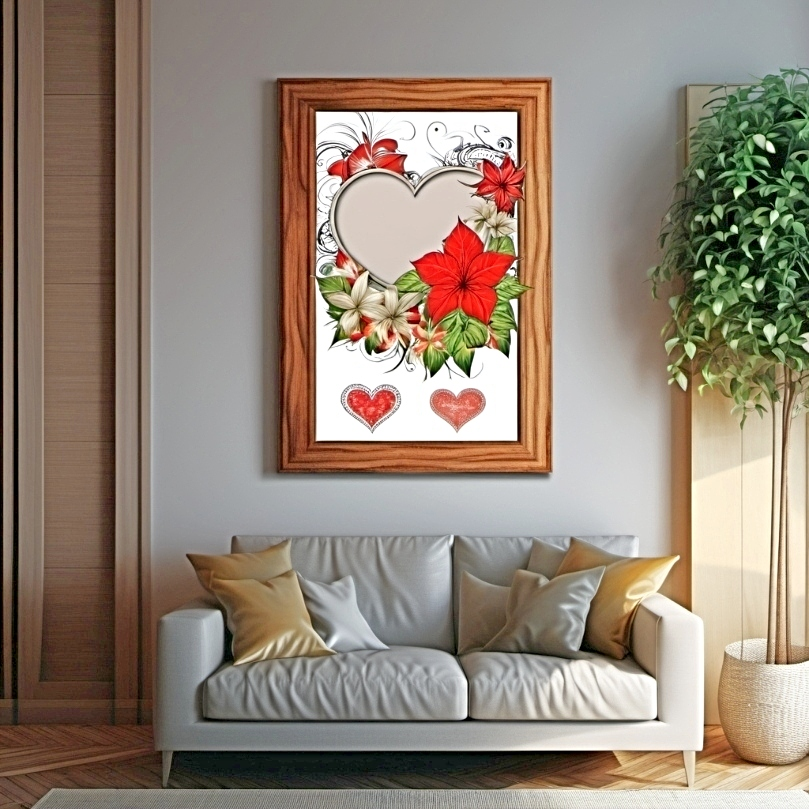
Wood sublimation extends beyond the process, it’s about harnessing your creativity to transform plain wood into extraordinary pieces of art. Imagine transforming a simple wooden blank into a vibrant wall hanging, a personalized coaster, sublimation on wood signs or a stunning piece of jewelry. The possibilities are endless.
For example, wooden sublimation signs are custom decorative pieces created using the sublimation printing process on wooden substrates. These signs can feature personalized designs, text, or images, making them ideal for home décor, gifts, or business branding. You can buy wooden sublimation signs from online retailers such as Etsy. Many sublimation supply websites also offer coated wooden blanks designed specifically for sublimation, like Coastal Business Supplies or Heat Press Nation.
And the best part? You can display your finished sublimated wood products with pride. Just add a rope hanger or picture hanger to the back of the wood, and voila! Your masterpiece is ready to be admired.
Creative Wood Project Idea for 2025
Moving into 2025, an exciting project you could work on is creating personalized wooden jewelry boxes through sublimation combines functionality with artistic expression. By applying vibrant designs or monograms onto the box’s surface, you can craft a unique storage piece that reflects individual style. This project involves preparing the wood properly to accept sublimation ink, ensuring the final product is both beautiful and durable.
Comparing Different Types of Wood for Sublimation
The type of wood you select for your wood sublimation projects could significantly influence the end product. For instance, MDF is often preferred over natural wood slices for sublimation. This is because MDF doesn’t release sap during heating, which can lead to a cleaner finished project. If you opt for MDF, consider using a painted white surface. This can offer a more accurate color representation for your sublimation prints than unpainted MDF.[3]
On the other hand, chipboard can pose challenges in the sublimation process. Its layers may separate when trimmed, and it can be difficult to cut intricate designs. But don’t let this deter you from experimenting. Sublimation on painted wood can create a rustic appearance as the heating process may cause sap to bleed through the paint, adding uniqueness to the design. However, keep in mind that sublimation inks appear darker on colored surfaces, such as wood, since they are transparent and the color of the underlying wood affects the final color of the print.
Tips for Long-lasting Sublimated Wood Products

Sublimation stands out for its ability to produce enduring, vibrant designs. However, similar to all artworks, your sublimated wood creations require some maintenance to preserve their allure. Regular cleaning with a microfiber cloth and non-abrasive household cleaners is a good start. This keeps your products looking fresh and vibrant.[4]
For a deep clean without damaging the sublimation print, you can use pure or denatured ethanol. This is especially useful if your sublimated wood products are used frequently, like coasters or serving trays. If your sublimated wood becomes defaced, don’t despair. Rubbing alcohol can be used to remove substances such as spray paint, restoring your piece to its former glory.
And if you’re worried about germs, rest assured that you can safely use disinfectants on sublimated wood surfaces to keep them sanitized. Just remember to lay your items flat with the printed side up when cleaning to prevent damage to the edges and the coating. And finally, if you’re working with thin wood blanks, you might notice them warping after sublimation. To prevent this, weigh them down with a heavy object overnight to help maintain their flat shape. And if you are wondering whether a regular printer is appropriate for sublimation, I got you covered!
With these tips, your sublimated wood products will stay beautiful and vibrant for years to come.
Whether you are looking for wood grain sublimation, wood letters, wooden sublimation signs, grain tumblers, sublimation wood rounds, round signs, slice ornaments DIY, cutting boards, sublimation earrings, wooden keychains or something else, I hope you found my guide useful!
Summary

Wood sublimation is a rewarding craft that combines the beauty of nature with technological innovation. From choosing the right supplies and preparing your wood surface to mastering the sublimation process and troubleshooting issues, we’ve covered everything you need to embark on your sublimation journey. Whether you’re creating personal accessories, home décor, or unique gifts, sublimation on wood offers endless opportunities to showcase your creativity. So why wait? Dive in and start making your own stunning sublimated wood products today!
Frequently Asked Questions
What surfaces can you sublimate on?
You can sublimate on any polyester fabric or hard surface with a polyester coating. This includes items such as mugs, cell phone covers, dresses, shoes, handbags, metal signs, and even carpeting and furniture.
How do you sublimate a piece of wood?
To sublimate a piece of wood, place the wood slices on a heat press with sublimation paper on top, cover them with parchment, and press for 60 seconds at 385°F. Then, carefully remove the sublimation paper.
What poly coating for sublimation on wood?
You should use PolyNatural, a water-based sublimation coating, for sublimation on wood. It creates a nearly invisible, matte finish and makes your image look like it’s printed directly onto the wood.
What temp do you sublimate on wood?
You can sublimate on wood at a temperature of 380-400°F.
Which is better for sublimation, MDF or natural wood slices?
MDF is better for sublimation than natural wood slices because it doesn’t release sap during heating, resulting in a cleaner finished project.
References
- Dale, T. (2023, December 20). What is MDF? Everything you need to know. The Spruce. https://www.thespruce.com/what-is-mdf-1398198
- Loe, D. (2017). Light, colour and human response. In Elsevier eBooks (pp. 349–369). https://doi.org/10.1016/b978-0-08-101270-3.00015-1
- Truini, J. (2021c, November 2). What is MDF, and is it right for your next project? Popular Mechanics. https://www.popularmechanics.com/home/a34305202/what-is-mdf/
- Leverette, M. M. (2023, July 22). What is microfiber? uses, types, and more. The Spruce. https://www.thespruce.com/how-to-wash-microfiber-clothes-2145813

